Tumbling Out of a School Bus Into the 19th Century
A Morning with Dibblee Poett at Rancho San Julian
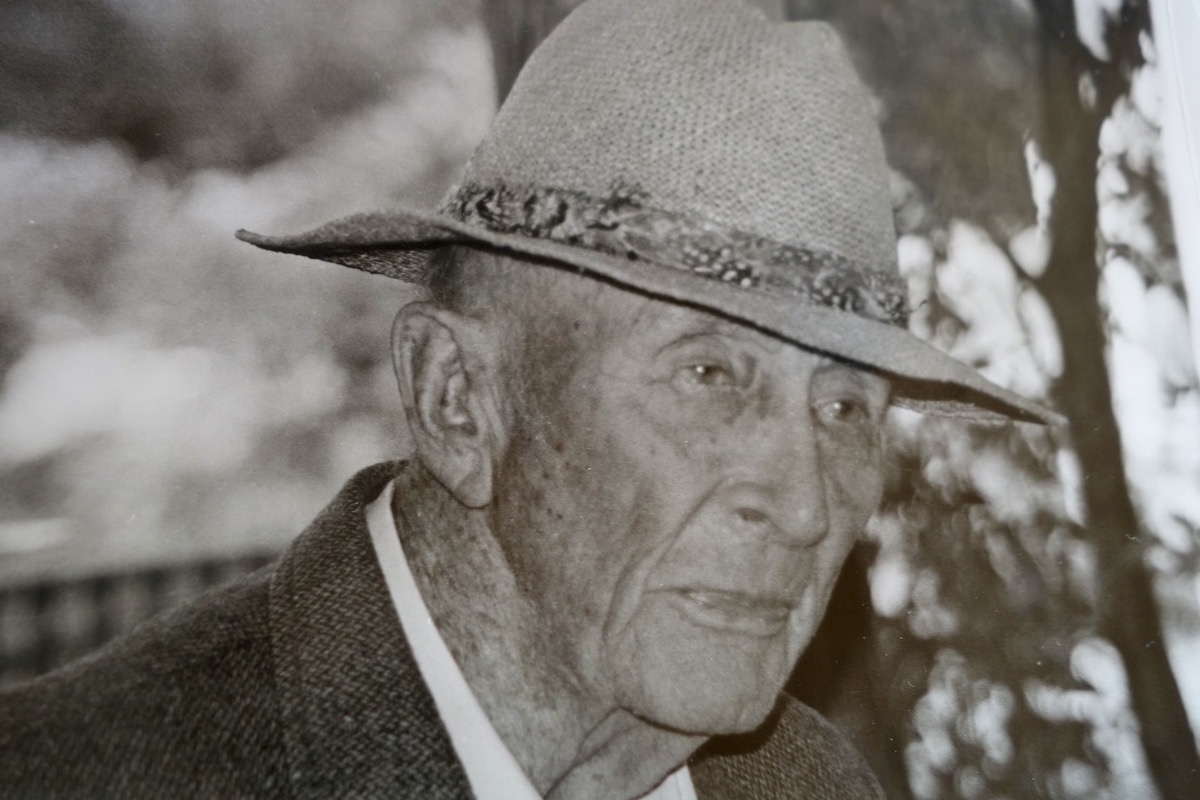
November’s slightly breathless light drenched the hills and fields as we drove along Highway 1 towards Lompoc. The 6th grade students of Vista de las Cruces School were about to meet and interview Dibblee “Dibbs” Poett (1907-2000) of Rancho San Julian. One of the few Spanish land-grant ranches still owned by its founding family, the ranch is located just up the road from Las Cruces, where the Santa Ynez Mountains become the Santa Rosa Hills. We turned off Highway 1, rattled along a dirt road, and parked in front of the casa. Dibbs pulled up in an old Mercedes, his dog by his side. He looked dapper in a straw hat, tweed coat, and gray flannel trousers. Walking carefully with a cane, he led us into the house.
The students had come prepared with questions — kids’ questions about school, childhood adventures, and special places. “This is my special place,” said Dibbs, gazing about a sunlit room filled with books and paintings and old photographs. “The old house. It has so many memories.”
“It was too cold to live here in the winter,” he recalled. “A man used to bring in wood. He spent most of his time cutting and hauling and bringing in wood for the ten fireplaces and emptying the ashes out. It took a while to get the house warm because the ceilings are so high, but once it was warm it would stay warm because the walls are so thick. We did stay here in the winter of 1918 during the war when there was an influenza epidemic. People thought they’d come to the ranch to escape the influenza, and then one of our tenants down the road died from it because he couldn’t get to the doctor … so we figured we’d better get back to town.”
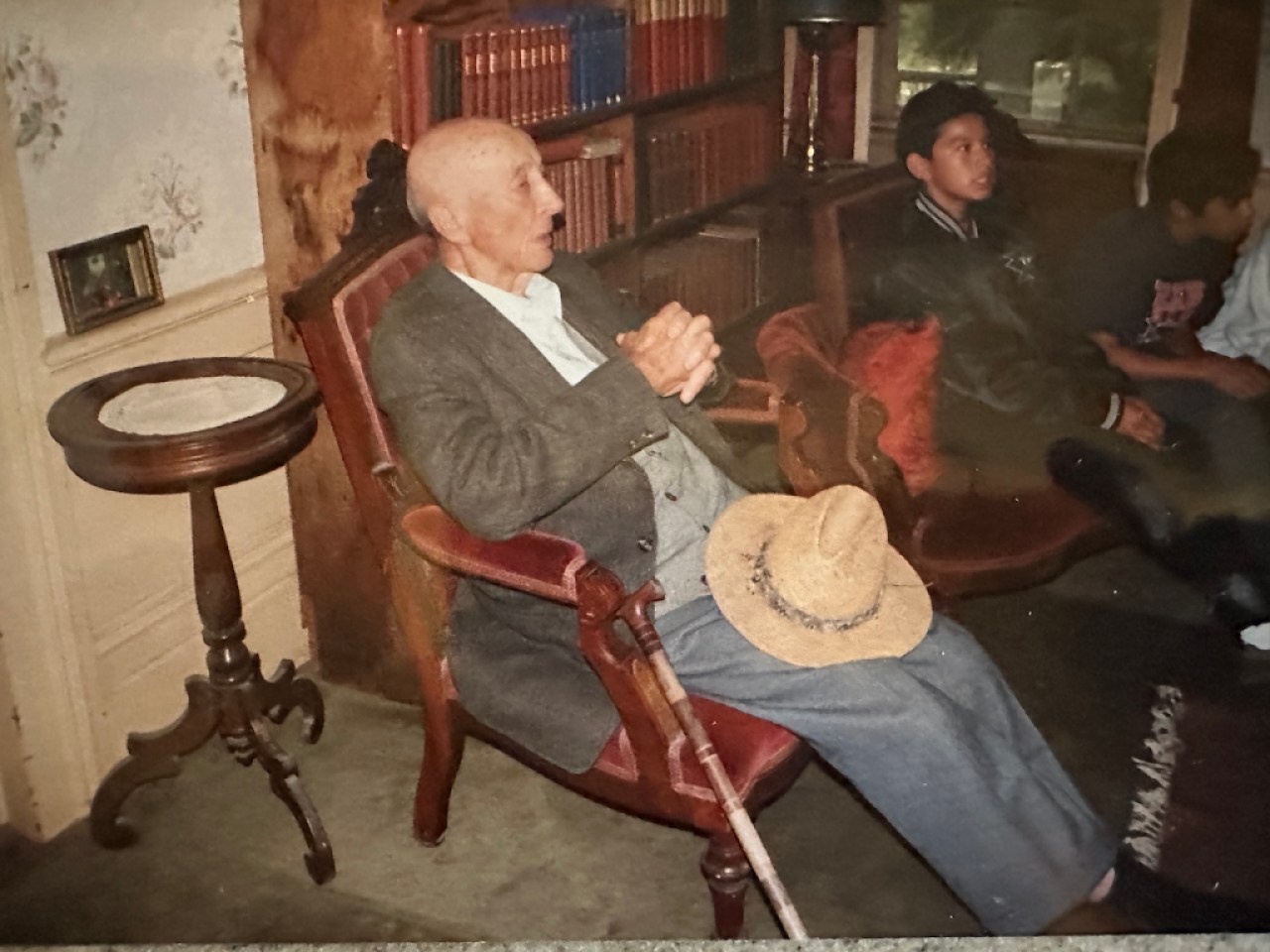
When Dibbs spoke of his childhood, his angular face softened visibly; he seemed to savor the details of those fine days, as though reliving them in the telling. “When we were children, my sister and I used to ride bareback here. And we climbed trees. That was one of the things we liked to do, and we never fell. We wore big straw hats and went barefoot all the time. After a while your feet get calloused so you can go almost everywhere.”
“We went to school in a sulky cart pulled by horses, and we’d go along at a fine pace. It was a one-room schoolhouse, just a great big, long room, and the grades were seated all together, each in logical order. The children used to come on horseback or in buggies, from over the hill that way, way down from Los Amoles, El Jaro, Yridises, La Golondrina …” He spoke the old Spanish names like a chant.
Someone asked what it was like traveling between San Julian and Santa Barbara back then. “Well, I’ll tell you,” Dibbs said with a chuckle. “It was a winding dirt road. They didn’t have any heavy equipment in those days, and all the work was done by horses, so whenever a canyon came, you had to go into the canyon and out, into the canyon and out. And at Arroyo Hondo, the road went way down the canyon and around that way. You couldn’t go faster than 25 or so; it took a long time to get to town from here. We had the Model T Ford, which was the only car that would navigate through the mud. The roads were all dusty or muddy, no cement or gravel or anything. Oh, it was awful!”
He later talked about how World War II affected ranch life. “All of a sudden, they needed beans — navy beans, small white ones — so we started raising beans,” he said. “That’s what started farming on the ranch — the war.”
I pictured the men out there planting beans while busloads of soldiers passed on the old highway heading for Camp Cooke. My father was one of those soldiers. I still have the tiny, yellowed snapshots he took of pastoral hills and twisted oak, of cowboys and cattle, of wooden fences and a railroad bridge. They all look so familiar to me now.
How much of this land have you personally walked and mapped?” someone asked. “I’d say about 60 or 70 percent,” Dibbs replied. “I used to walk a lot, poisoning squirrels. They were terrible in those days; they were all over the place, and they used to eat lots of feed. I walked all over the big hills over there towards the Hollister Ranch, and everywhere, poisoning squirrels. Oh, I walked a lot. Maybe that’s why I can’t walk very well now.”
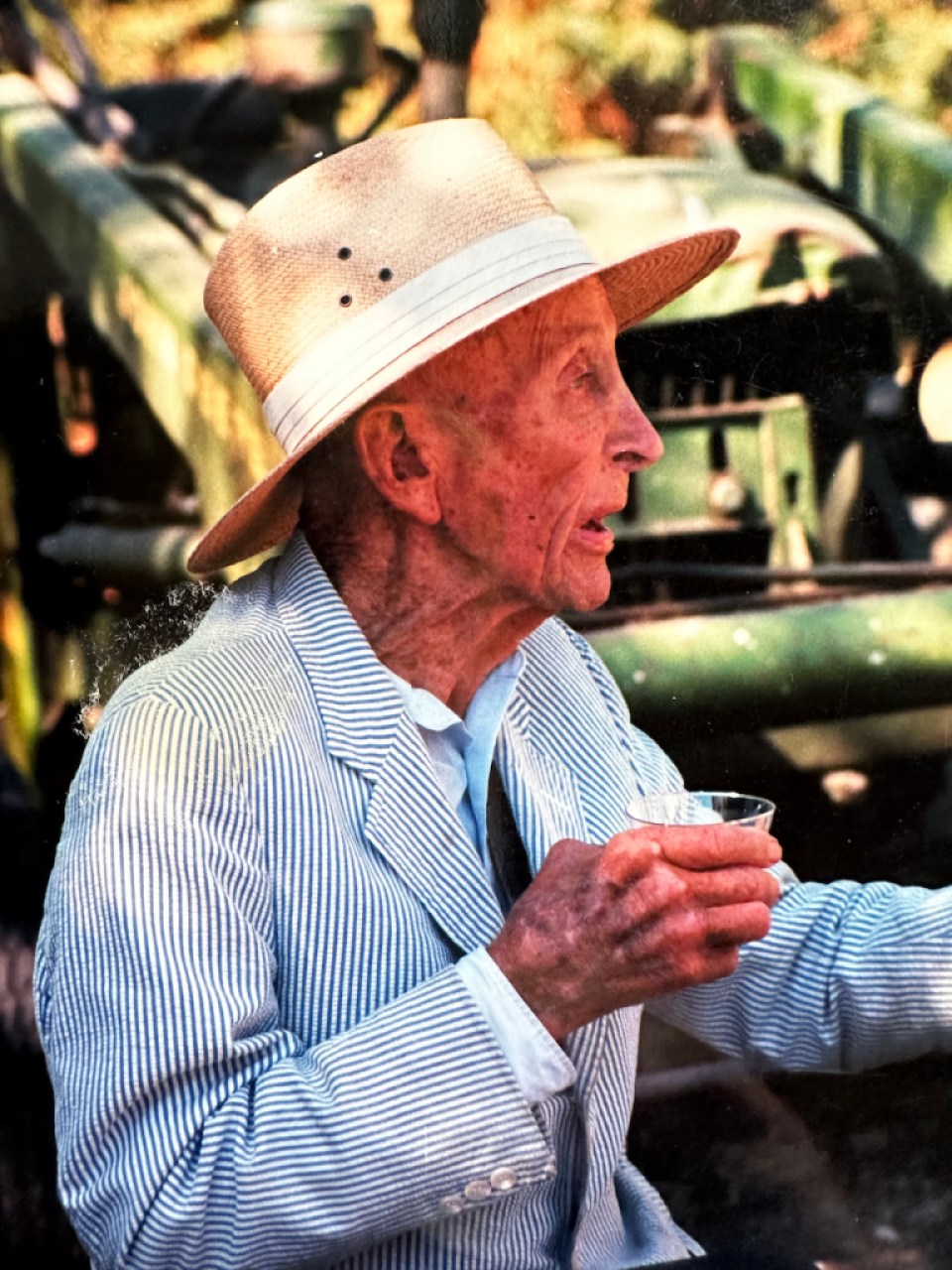
Dibbs also covered a lot of ground when the gas line came through in 1926. “I was appointed inspector,” he explained, “to see if they were digging deep enough. That was my first job. The pipe had to be buried four feet deep because they didn’t want any plows or anything to hit it. I thought I was very important then. But my main job was to fix the fences for them when they’d go through a fence. And all the way between Golondrina and Las Cruces, the digging had to be done by hand because it was too steep for a machine to dig it. They hired Mexican laborers to dig the whole ditch with a pick and shovel — and that was a job!”
The day had grown brighter as we talked. The leaves of the sycamores were yellow, and there was a stirring autumnal feeling to the air. We asked Dibbs which time of year was his favorite. “I guess springtime,” he said. “We always liked the springtime, and we were sad when the grass dried up. Then my aunt showed me how pretty the dried grass is in the summer, and it is. But it’s always been the springtime that I love, when the grass is green.”
The arbor behind the casa was built in 1910, and Dibbs said he could still remember being outside with his mother when it was being built. Beneath the arbor, covered then with grape leaves, and in summer wisteria, were long tables where the family has held many barbecues and celebrations. A sycamore stood tall and straight in front of us. “That tree was planted the year I was born,” Dibbs said. “I don’t know whether it’s a girl or a boy, but it’s my twin.” Both twins were firmly rooted to this land.
When we asked Dibbs what he was most proud of, he replied, “I would guess it is the fact that we’ve been able to hang onto the ranch and the house. There are not many places where the old houses stand, and the old families still own the place. So, I think that’s it. We’ve been able to hang onto it. We all love the ranch.”
That love was palpable, and I believe even the kids understood why it mattered so much. How could we express our awe and gratitude at having come tumbling out of a school bus to find ourselves in the 19th century? It was as if we had found a path we had not known we’d lost. How can I describe the delight and relief? It is with me still.
Premier Events
Sun, Apr 28
6:00 PM
Santa Barbara
AHA! Presents: Sing It Out!
Thu, May 02
5:00 PM
Santa Barbara
Things with Wings at Art & Soul
Sat, May 04
10:00 AM
Lompoc
RocketTown Comic Con 2024
Sat, Apr 27
11:00 AM
Santa Barbara
Santa Barbara Plant Fest
Sat, Apr 27
3:30 PM
Santa Barbara
Santa Barbara Trapeze Co and Unity Shoppe Spring Food Drive
Sat, Apr 27
8:00 PM
Santa Barbara
Beau James Wilding Band Live
Sun, Apr 28
11:00 AM
Santa Barbara
Santa Barbara Earth Day Festival 2024
Wed, May 01
7:30 PM
Santa Barbara
American Theatre Guild Presents “Come From Away”
Thu, May 02
5:00 PM
Santa Barbara
100th Birthday Tribute for James Galanos
Thu, May 02
5:00 PM
Santa Barbara
Meet the Creator of The Caregiver Oracle Deck
Fri, May 03
4:00 PM
Santa Barbara
Santa Barbara Fair+Expo “Double Thrill Double Fun”
Fri, May 03
8:00 PM
Santa barbara
Performance by Marca MP
Sat, May 04
10:00 AM
Solvang
Touch A Truck
Sun, Apr 28 6:00 PM
Santa Barbara
AHA! Presents: Sing It Out!
Thu, May 02 5:00 PM
Santa Barbara
Things with Wings at Art & Soul
Sat, May 04 10:00 AM
Lompoc
RocketTown Comic Con 2024
Sat, Apr 27 11:00 AM
Santa Barbara
Santa Barbara Plant Fest
Sat, Apr 27 3:30 PM
Santa Barbara
Santa Barbara Trapeze Co and Unity Shoppe Spring Food Drive
Sat, Apr 27 8:00 PM
Santa Barbara
Beau James Wilding Band Live
Sun, Apr 28 11:00 AM
Santa Barbara
Santa Barbara Earth Day Festival 2024
Wed, May 01 7:30 PM
Santa Barbara
American Theatre Guild Presents “Come From Away”
Thu, May 02 5:00 PM
Santa Barbara
100th Birthday Tribute for James Galanos
Thu, May 02 5:00 PM
Santa Barbara
Meet the Creator of The Caregiver Oracle Deck
Fri, May 03 4:00 PM
Santa Barbara
Santa Barbara Fair+Expo “Double Thrill Double Fun”
Fri, May 03 8:00 PM
Santa barbara
Performance by Marca MP
Sat, May 04 10:00 AM
Solvang

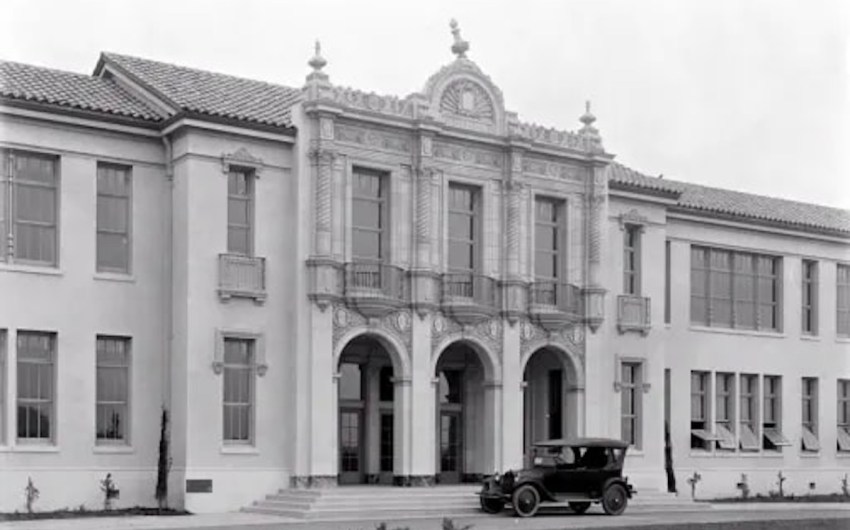
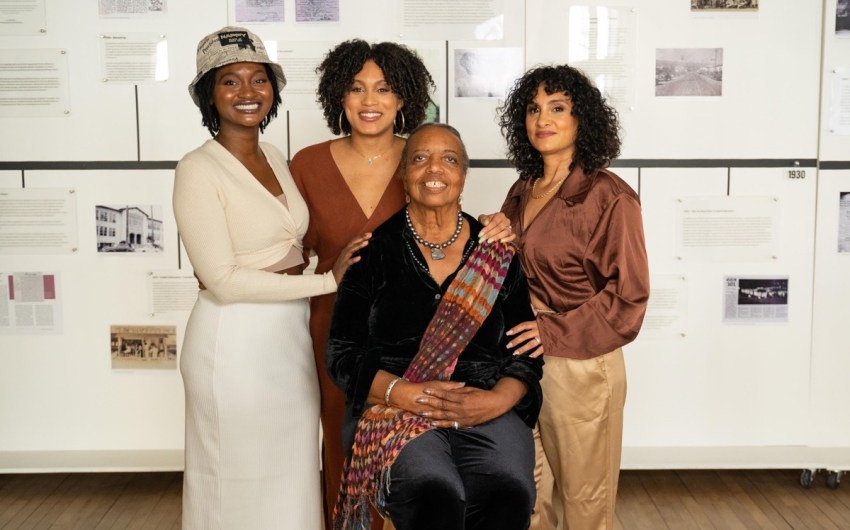
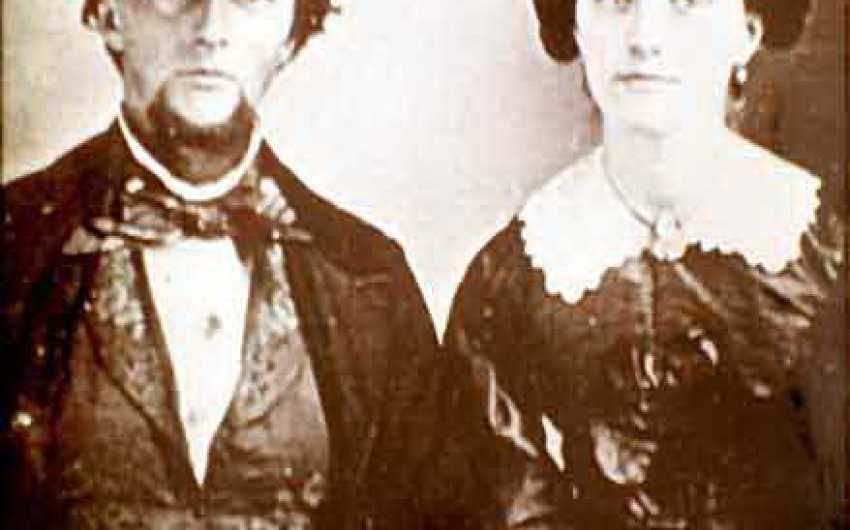


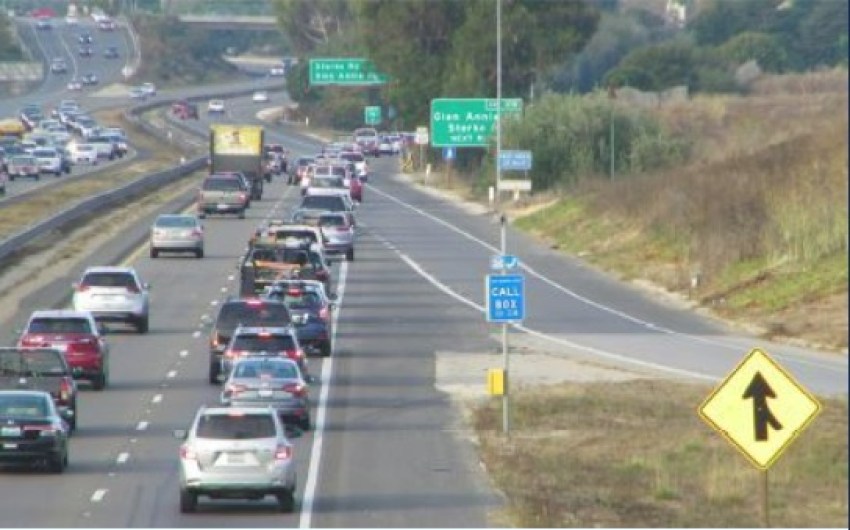


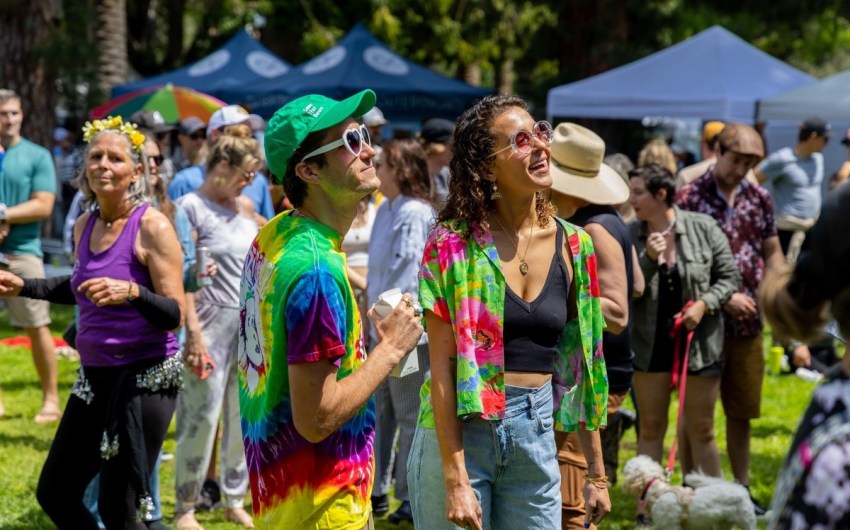

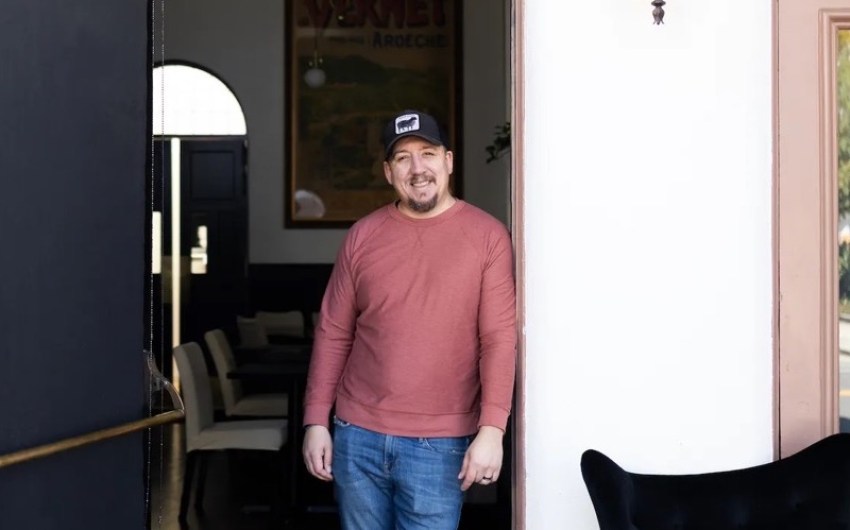

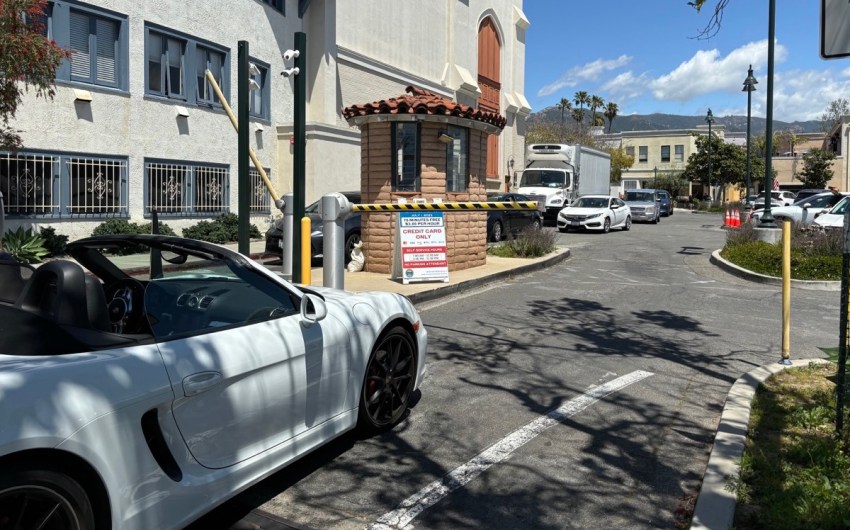
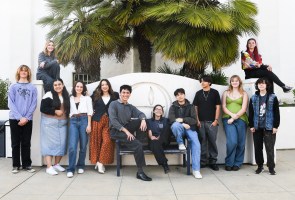


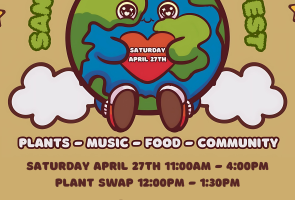









You must be logged in to post a comment.